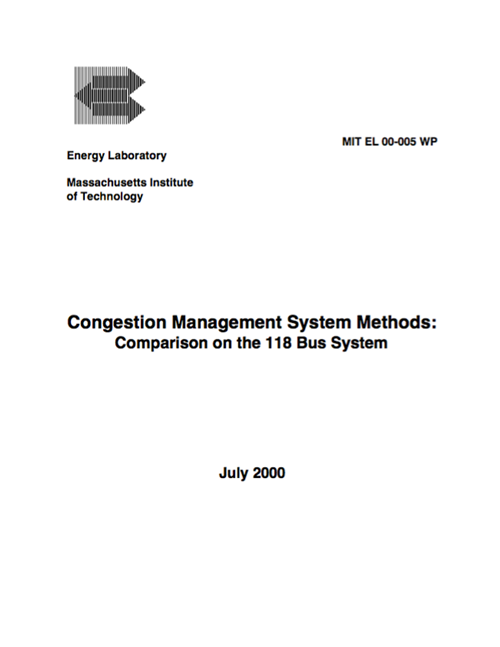The paper discusses the optimality conditions pertaining to the implementation of the cluster-based congestion management systems (CMSs). In particular we are interested in two cluster-based CMSs; zonal pricing method and congestion cluster pricing method. The methods differ in the criteria used for aggregating the nodes into clusters.
The implementation of the cluster-based CMS has widely recognized advantages and disadvantages compared to the implementation of the bus-based CMS; i.e. the nodal pricing method. The advantages are related to the beneficial direct access and customer choices by providing transparent information to system users involved in bilateral transactions. The uniform prices within clusters simplify the computation of financial risks in bilateral transactions arising from the spatial differentiation in generation in the presence of transmission congestion. The disadvantages are related to the unfavorable increase in cost of dispatched generators in short term. The short term dispatch is sub optimal due to two factors: (1) the cost from the cluster-wide prices in inter-cluster pricing and (2) the cost from the uplift charges in intra-cluster pricing. In order to maximize the beneficial effect while minimizing the unfavorable impact the cluster boundaries need to be defined such that the power flows at the congestion interfaces are unaffected by any transactions between two buses within a cluster. We show that this can be accomplished with less difficulties when using congestion cluster pricing method than using zonal pricing method. A numerical example is given to illustrate the proposition.
